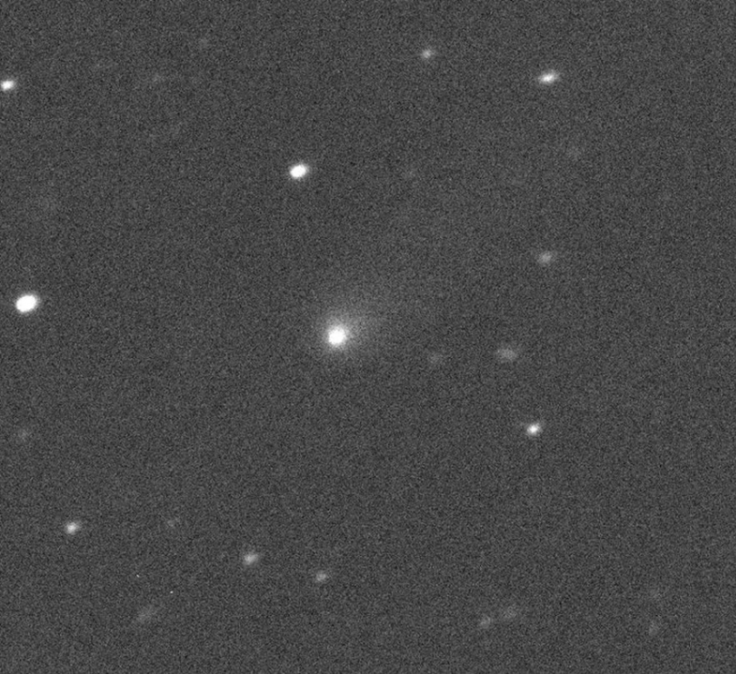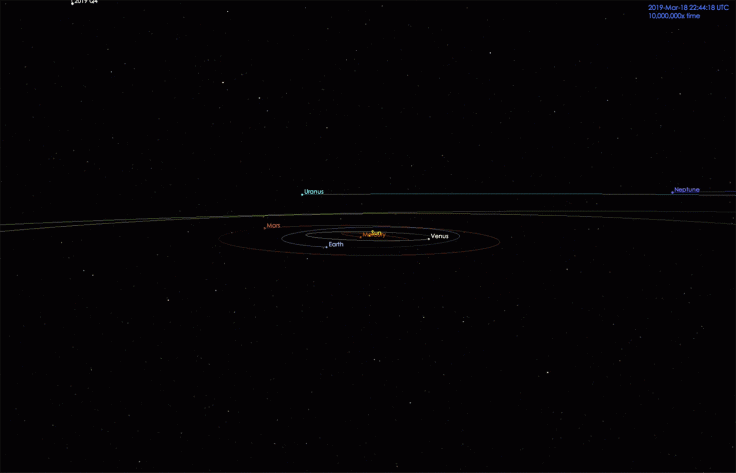
A newly discovered comet stunned scientists as it appears to have been originated outside the solar system. Even though the astronomical community did not confirm whether it is an interstellar comet or not but if it is interstellar, it will be only the second such object detected after Oumuamua.
This comet was named as C/2019 Q4 which was discovered by Gennady Borisov at the MARGO observatory in Nauchnij, Crimea on August 30. It should be mentioned that its current Right Ascension is 9 hour 10 minutes 17 seconds.
As per NASA, C/2019 Q4 is still inbound toward sun, but it will remain farther than the orbit of mars. The space agency also clarified that this new comet will approach no closer to earth than about 300 million kilometres.
It should be mentioned that the comet, with a high velocity of about 93,000 mph [150,000 kph], currently 420 million kilometres from Sun and will reach its closest point, or perihelion, on December 8.
Davide Farnocchia of NASA's Center for Near-Earth Object Studies at JPL who worked with astronomers and the European Space Agency's Near-Earth Object Coordination Center in Frascati, Italy said that "The high velocity indicates not only that the object likely originated from outside our solar system, but also that it will leave and head back to interstellar space."
C/2019 Q4 is heading toward the inner solar system and on October 26 the comet will pass through the ecliptic plane in which earth and the other planets orbit the sun, from above at almost a 40-degree angle.
Farnocchia mentioned that this comet will "peak in brightness in mid-December and continue to be observable with moderate-size telescopes until April 2020," and after that this space object can only be seen "with larger professional telescopes through October 2020."
As mentioned by theskylive.com, the closest approach of comet C/2019 Q4 (Borisov) to earth will happen on Saturday, December 28 at a distance of 295,555,281 kilometres.










